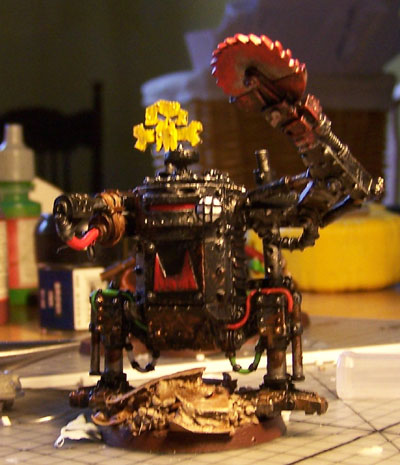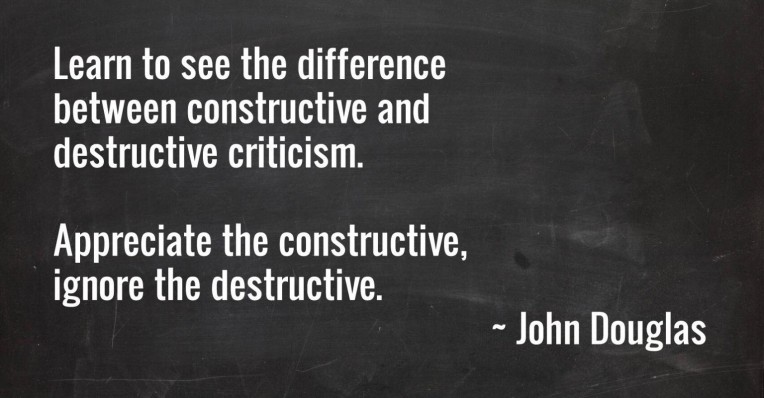Miniature painting can be a very fun hobby but also an aggravating one when you’re new. There’s a lot of common pitfalls new painters run into that can ruin the whole experience for them, and they give up before they’ve ever really given it a chance.
I’m going to go over those common mistakes people make with miniature painting and why they fail at it. Hopefully this will help you avoid those mistakes and keep you on the road to miniature painting bliss.
By failure I’m talking about people who tried painting, hated it, and gave up. They just do not paint at all.
So, if you’re someone who gave up on painting, or your struggling with it now, then read on.
This list is relative short too. I wanted to keep this restricted to what I feel are the most common reasons people fail and not every single reason.
Not Giving it a Serious Shot
A lot of painters gives up before they really give painting a chance. Like anything in life, you have to practice to get good at something, and painting is no exception.
How quickly you get good at painting is different for everyone. Some people get basics down in a few months, some a few weeks, and others can take longer. Regardless, it’s going to take more than a few painting sessions to start to feel confident in what you’re doing.
Personally, because I’m a slow learner most of the time, it took a few years before I didn’t hate what I was doing. A few years. Again, I’m on the slow side and many won’t struggle as long as I did but you may.
Nobody becomes a professional anything in a few short months, and often it’s more than a few years too. While you may not be aiming to become a professional, it’s just something to keep in mind.
The point is just stick with it. Painting is a very rewarding hobby if you give it some time to get over the initial hurdles and start seeing some great results.
Setting the Bar too High
On a related note to the above is having expectations that are too high. As I said above, it takes time to get good at painting and settings the bar too high when you start can really put a damper on that.
You need to have realistic expectations when you begin painting. Learn the basics like putting down a thin, solid base coat of paint. From there learn the basics of layering and get good at that. Later add in things like edge highlighting and using washes.
Don’t jump into painting and expect to learn NMM or blending from the start when you’re still picking up the basics and learning to get comfortable with a brush. It’s the whole “Learn to walk before you run” idiom.
For me I set goals when I got into painting. Once I had base coating down, and I know that sounds trivial but it’s very important to get right as it’s the basis of everything to come after, I started layering and learning to dry brush.
After each goal I would set a new one and work on learning that. I just found it easier and more rewarding to set lots of mini-goals. I felt satisfaction at learning something new, even if it was easy, and that motivated me to learn more and to continue improving my painting.


That’s the first model I painted in 2006 when I got into Warhammer 40K.


Here’s, at the time of writing this, the most recent thing I’ve painted. That’s 14 years of experience doing this to paint that bust. It wasn’t an overnight learning process by any means.
Becoming Discouraged
This subject I’ve talked about a lot and cover in more depth in my article on common painting mistakes. So, definitely check that out if you’d like more depth.
In short, it’s very easy to get discouraged with painting. Maybe you’re not progressing as fast as you’d like, or maybe what you’re doing doesn’t look that great. Again, these type of things take time and practice.
Also, there’s no escaping seeing the amazingly painted work of other painters out there on Facebook, Twitter, or Instagram. It can be a blow to your ego when you start feeling good about your work and then you stumble on a miniature that’s so superbly painted that you want to cry.
Trust me. Been there, done that, and it sucks.
However, you have to learn to admire the work of others and not compare yourself to them. Admire what someone else can create and aspire to reach their level, don’t throw yourself under the bus because you’re nowhere near that person’s level of talent.
Discouragement is probably the single biggest reason people fail at painting. They let it grip them and squeeze the fun and enjoyment out of painting for them. Just realize that some day you’ll look back at your early work and be surprised at how far you’ve come if you just give it a shot.
Not Seeking Constructive Criticism
Here’s another topic I’ve covered a bit previously in my guide to becoming a better painter.
It can be hard, and honestly scary, to ask other people to judge your work. I see a lot of painters posting their work and looking for praise, but very few who are actively asking for constructive criticism and that’s a mistake.
We all want people to like what we’ve painted, including me who has been at this since 2006, but you only improve as a painter when you let others help you realize your mistakes or areas you could improve.


You have to steel yourself and put your work out there for judgement. I know some people don’t take criticism well at all, even if it’s constructive, but swallow your pride, put your chin up, and ask for it.
Good constructive criticism is just that. People aren’t attacking you or your work, they are trying to help you get better – just remember that.
Using the Wrong Tools
This can be a wide range of things, but I’ll cover the two big ones.
Paint Brushes
The first would be simply using terrible brushes. Now, I’ve got a guide to miniature paint brushes that will cover this more, but don’t use cheap brushes.
The problem with cheap brushes is they don’t hold their shape well and quickly become useless. Using a cheap brush will make even easy tasks harder than they need to be. Learning to edge highlight with a brush that can’t hold its shape will frustrate you. Trying to carefully layer and avoid hitting a previously painted layer isn’t easy when the bristles flay out from being so cheap.
Again, that article linked above will cover this all in more depth, but here’s my quick reference for brushes I recommend ranging from affordable to expensive.
Paints for Miniatures
Using the right paints will make all the difference in the world. The long and short of it is to not use craft paints; they’re terrible for miniatures.
It’s tempting to buy them when you’re getting into miniature painting, they are very cheap to buy, but they aren’t intended to miniatures and will only cause you troubles and make the process of learning to paint more difficult than it needs to be.
I talk about this more in my miniature painting guide, but the point is to avoid them.
Your best bet is to stick with companies who produce paints for miniatures, such as: Citadel (Games Workshop), Vallejo, Army Painter, and P3 Paints to name a few. Some will be available at your local gaming store, Citadel at least, and others can be found easily online through places like Amazon.
Conclusion
Following my advice in these areas will really help you learn how to paint and not become frustrated with the process and in turn never bother.
I’m sure I could have come up with a list of 50 items, but who wants to read that entire list when it really boils down to a few big things?
Remember, it takes time and experience to get better with painting. Once you get the hang of it you will find it’s a very rewarding and relaxing hobby.